Best of 2016: ‘Mr. Robot’ Production Designer on How the Show Became a ’90s Family Sitcom
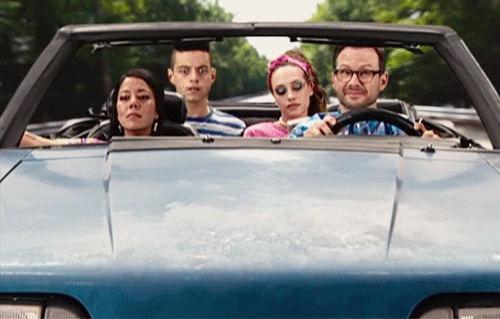
Warning: This post contains spoilers for Season 2 of Mr. Robot.
Fans of Mr. Robot have grown accustomed to viewing the world through the off-kilter gaze of emotionally troubled hacker Elliot Alderson, played by newly minted Emmy winner Rami Malek. But the second season of USA’s acclaimed drama went even further in challenging what he — and, by extension, we — considered to be “reality.” For example, Elliot spends the entire first half of Season 2 pretending that he’s living in his mom’s house when he’s actually behind bars in the Big House. Then in the sixth episode, he finds himself living the sitcom version of his life after enduring a vicious jailhouse beating. And not just any sitcom; creator Sam Esmail deposits his hero in a note-perfect re-creation of beloved ’90s family comedies like Family Matters and Step by Step, one that gets all the little details about those shows right, from the peppy theme song to random celebrity guest stars like the one and only ALF.
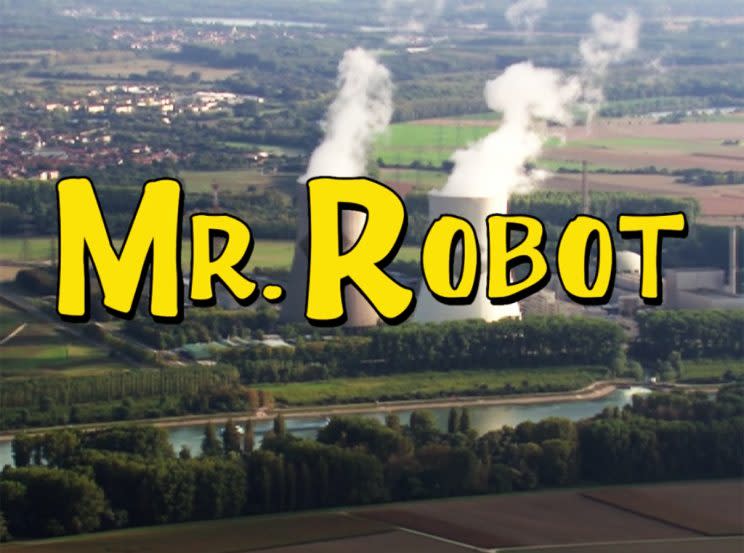
The person tasked with bringing Elliot’s TV land (not to be confused with TV Land) fantasy to life was Mr. Robot production designer Anastasia White, who joined the show this year. “When I read the script for the episode, I was very excited and confused,” she tells Yahoo TV. “It’s such a visual, tonal departure from the rest of the show. I wondered what the fans in the audience were going to think of it.” White filled us in on how this trippy sequence was made, and shared her own ’90s TV favorites.
Related: Yahoo TV’s Full Best of 2016 Coverage
Yahoo TV: How did the process of designing this particular sequence differ from designing a typical Mr. Robot episode?
Anastasia White: We had a couple of meetings with Sam and the director of photography, Tod Campbell, and brought in a storyboard artist. It was the first time we did storyboards this season, because we really wanted to make sure that the framing would be just like these sitcoms. So we laid it out graphically and tried to stay true to that. The lighting was definitely different as well. We’re used to using a lot of practical light on the show, like chandeliers and floor lamps. Here, all the light comes from above because the sets didn’t have ceilings, and that’s the way most sitcoms shoot. We’re used to building complete sets where you can turn around and look at the ceiling. This was different because it was just three walls, and sometimes only two walls.
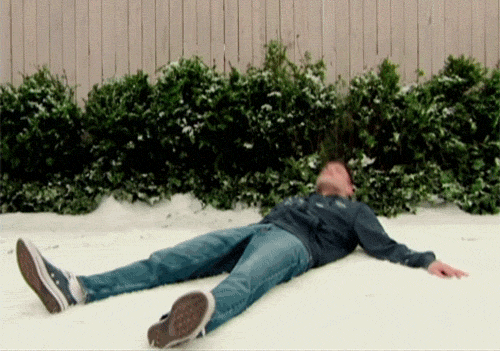
Aside from that, it was about not focusing on the details that would normally be there. Because you’re often seeing a set on a sitcom for a short amount of time, you just need a few details to stand out to convey [the location]. So you’re chipping away details instead of adding them; we only kept what was necessary to establish where they were. It was about not thinking in layers all the time.
Growing up, did you watch the sitcoms you were spoofing in this sequence?
I did! I’m about the same age as Elliot, so doing this definitely brought me back to my childhood. I watched Full House and Clarissa Explains It All and ABC’s TGIF shows. And Sam and the writers watched a lot of Family Matters, so they referenced that. I went back and pulled images from some of the sets from those shows, to make it feel nostalgic for the viewers. We also found a lot of clips on YouTube, and watched those. If we had been doing this episode before the Internet, it would have been a lot harder.
Did you and Sam discuss the Adult Swim sitcom parody Too Many Cooks while making this?
We never talked about that on set, but they may have talked about it in the writers’ room. Too Many Cooks is obviously based on the sitcoms of the ’80s and ’90s, and that’s what we’re referencing. That’s just more of a darker parody.
Yeah, you don’t have a psycho killer running around murdering people, for example.
No! [Laughs]
Where was the sequence shot?
We shot on a soundstage in Brooklyn, and built a huge backdrop for the cars and the highway, as well as the E Corp gas station. We didn’t go outside at all, except when Elliot and Mr. Robot are standing in front of the hospital exterior. That’s real. It looks a little fake because we were shooting on a Digibeta camera, and the quality of the filming is different. I think the cast had a lot of fun, because it was such a different way of acting. And we had a live laugh track, so they could react to that. It wasn’t just added in post.
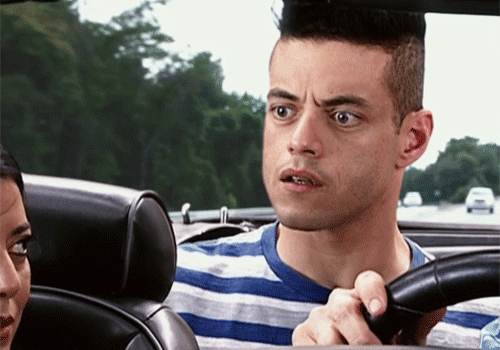
Some of the products in the frame have recognizable brand names, like Ford and the Nintendo Game Boy, while others are generic. How are those decisions made?
It’s always tricky with TV. We try to keep it as generic as possible, unless the brand name is important to the story. Here, we tried to keep [the props and design] in the late ’80s or early ’90s — around ’94. The car was obviously a Ford, so that’s why you see the name; our prop master found it at a car collector or a prop house.
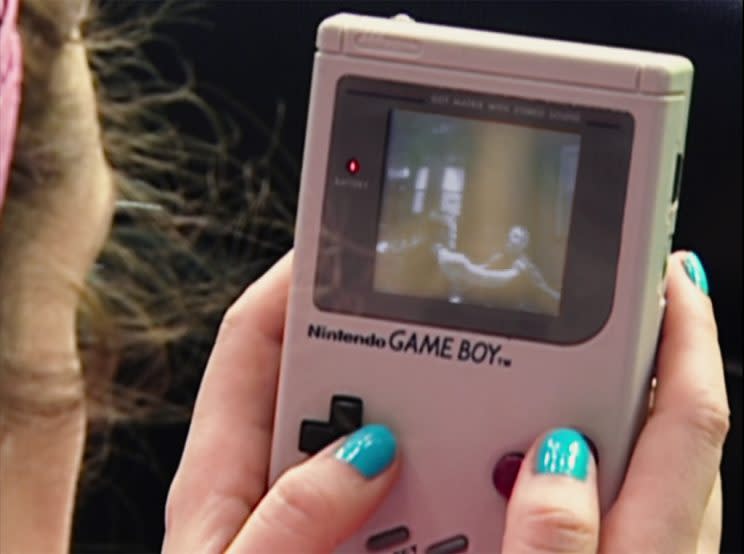
The Game Boy was an eBay purchase, but we did have clearance with Nintendo to show it. As far as the products in the convenience store, there wasn’t anything we were trying to showcase. Our clearance person would come through the sets to make sure that nothing was displayed that hadn’t been cleared, or it wasn’t displayed too prominently if that wasn’t allowed.
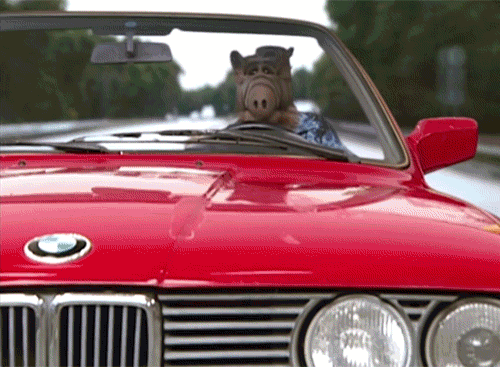
Is that a genuine ALF puppet as well?
That was the creator of ALF, Paul Fusco! He and his wife brought ALF to the set, and he manned the puppet and did the voice. It was great that we got him, and they kept every scene he was in. The crew was all very excited to see ALF, and I think that’s what people talked about on the Internet afterwards. It felt like the period and was very surprising.
I really enjoyed the vintage ‘90s graphics introducing the show.
The whole USA bit was done in post so I wasn’t really involved with it. Our amazing motion graphics designer, Adam Brustein, did the “Word Up Wednesday” intro. I was excited to see that added.
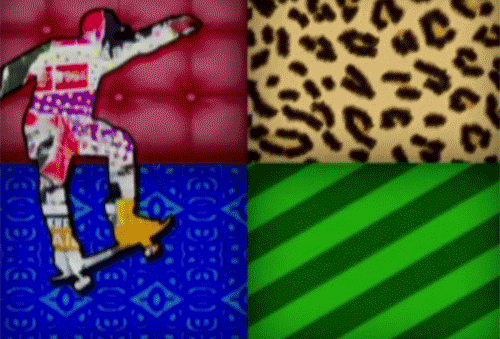
Looking at Season 2 as a whole, one of the things the show did very well this year was provide an impression of a world in the throes of an economic collapse.
We had a meeting to discuss what a collapse might look like, and [the production design] references the Great Depression in a way. There’s a lot of bartering and trading going on in the background, there are lines outside of the ATM, and the garbage is piling up. We tried to put things like that in every exterior scene. And everyone’s upset about what happened after 5/9 [the day of the Fsociety hack that destabilized the world economy], so people are vandalizing buildings with anti E Corp graffiti. It was great having Sam direct every episode this season, because we were able to collaborate a lot more, and give a steady tone and look to the whole season. It felt like we were making a really long movie.
Now that you’ve done the ’90s, is there another era you’d like to re-create on Mr. Robot?
I would love to do something in the ’60s. I think that would be really fun. I don’t know how it would relate to Mr. Robot, though. Maybe it takes place during Mr. Robot’s childhood? [Laughs]
Season 3 of Mr. Robot premieres on USA in 2017.


